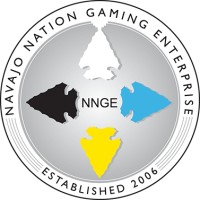
Navajo Nation Gaming Enterprise
Welcome to Navajo Gaming, a Navajo Nation Gaming Enterprise (NNGE). We invite you to explore our website to learn more about our mission, exciting properties, where we’re located, access articles and press releases about us in the news, career opportunities and more. Each casino property offers an exciting gaming experience, as well as unique dining opportunities and live entertainment. In addition, Twin Arrows offers a four-diamond resort and award-winning restaurants. Our properties in Arizona and New Mexico showcase the rich Navajo spirit through art, architecture, hospitality and cuisine. Since its inception in 2004, NNGE has created over one thousand jobs with a focus on hiring and training Navajos and has distributed millions of dollars in revenue to both the Nation and State governments. We are proud of each employee that works tirelessly to create an unforgettable experience for guests. We are also grateful for our board, Navajo Nation government, loyal patrons and surrounding communities that have supported us and our growth.






